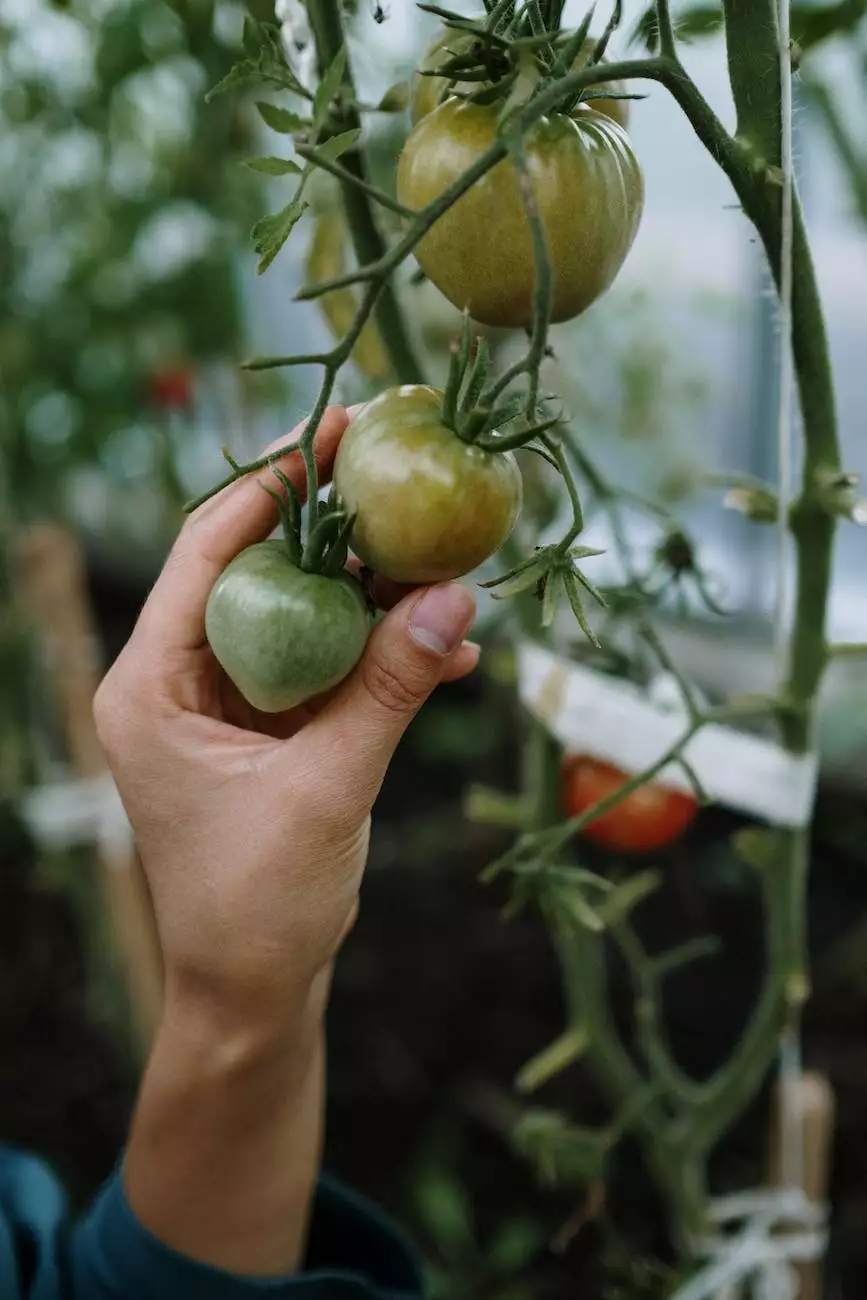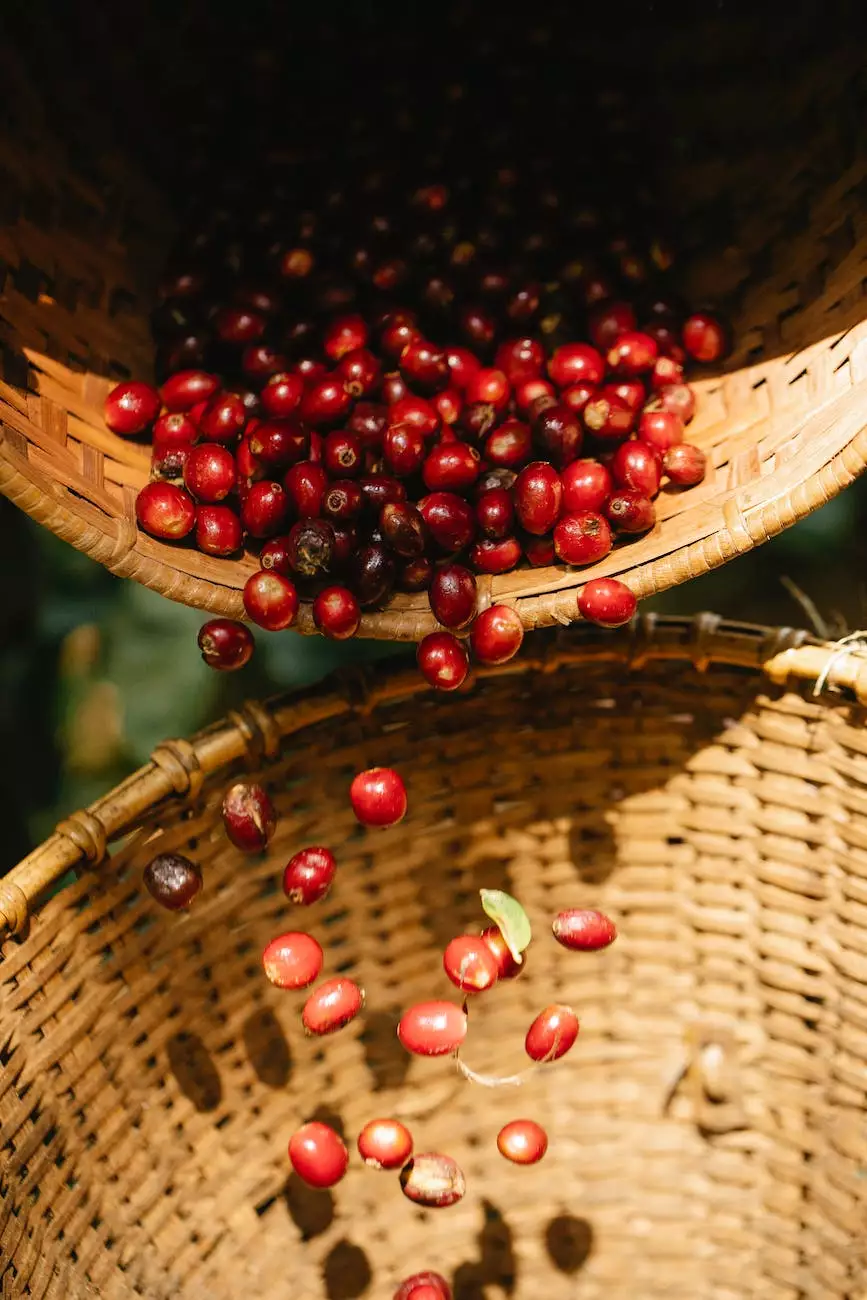The Benefits of Foliar Feeding
Blog
Welcome to Cultivate Colorado, your trusted source for gardening and cultivating tips and resources. In this article, we will delve deep into the world of foliar feeding and explore the remarkable benefits it brings to your plants' growth and overall health.
What is Foliar Feeding?
Foliar feeding is a technique that involves applying liquid nutrients directly to the leaves of plants. This method allows plants to absorb nutrients through their stomata and leaf surfaces, bypassing the root system. It provides a supplemental source of nutrition, complementing the regular soil fertilization.
At Grow Your Own, we believe that understanding the significance of foliar feeding is essential for every gardener and cultivator. By embracing this technique, you can unlock the full potential of your plants, resulting in healthier foliage, increased fruit production, and improved overall yield.
The Wide Range of Benefits
Foliar feeding offers numerous advantages for your plants, giving them the extra boost they need to thrive. Let's explore some of the key benefits:
1. Increased Nutrient Absorption
When nutrients are applied directly to the leaves, they are quickly absorbed into the plant's cells. This enhances nutrient availability and bypasses any potential soil deficiencies or imbalances. Furthermore, foliar feeding helps plants acquire essential micronutrients that may be lacking in the soil, ensuring they receive a well-rounded nutrient profile.
2. Rapid Response and Recovery
In stressful situations such as nutrient deficiencies, diseases, or pest attacks, foliar feeding provides a swift response. Nutrients can be absorbed and utilized by the plants within hours, allowing for a rapid recovery and minimizing any negative impacts on growth and productivity.
3. Enhanced Photosynthesis
By supplying additional nutrients directly to the leaves, foliar feeding optimizes the process of photosynthesis. This results in increased energy production, leading to vibrant and lush foliage. Improved photosynthesis also helps plants withstand environmental stresses and promotes efficient utilization of resources.
4. Targeted Nutrition Delivery
Not all plants have the same nutrient requirements. With foliar feeding, you have the flexibility to customize nutrient applications based on specific plant needs. This targeted approach ensures that each plant receives the optimal combination of nutrients, resulting in healthier and more productive plants.
5. Increased Disease and Pest Resistance
Foliar feeding plays a crucial role in strengthening plant defenses against diseases and pests. Essential nutrients applied through foliar sprays fortify the plant's immune system, making them more resistant to common ailments. This proactive approach reduces the reliance on chemical control methods and promotes a natural, sustainable gardening environment.
6. Improved Translocation of Nutrients
Some nutrients, like iron and zinc, are less mobile in the soil and may not efficiently reach the plant's roots. Foliar feeding solves this problem by directly delivering these vital elements to the leaves, ensuring they reach their intended destination. Improved nutrient translocation leads to a more balanced uptake and utilization within the plant.
Foliar Feeding Best Practices
While foliar feeding offers remarkable benefits, it's essential to follow certain guidelines for optimal results:
1. Choose the Right Nutrients
Selecting a well-balanced foliar fertilizer is crucial. Look for formulations that include a range of macronutrients and essential micronutrients. Consider the specific needs of your plants and choose a product accordingly.
2. Timing is Key
Timing plays a critical role in foliar feeding success. It is recommended to perform foliar applications early in the morning or late in the afternoon when the stomata of plants are fully open. This ensures maximum nutrient absorption.
3. Proper Dilution and Application
Always follow the manufacturer's instructions on dilution rates and application methods. Using too high a concentration can lead to leaf burn or other adverse effects. Ensure thorough coverage of the leaves, providing an even application of the nutrient solution.
4. Consistency and Regularity
Incorporate foliar feeding as part of your regular fertilization schedule. Consistent application ensures that plants receive a constant supply of nutrients, helping them thrive throughout their growth cycle.
5. Monitor and Adjust
Observe your plants closely and monitor their response to foliar feeding. Adjust the nutrient mix or application frequency if necessary. Each plant species and variety may have different requirements, so it's essential to remain attentive and responsive to their individual needs.
In Conclusion
Foliar feeding is a valuable technique that empowers gardeners and cultivators to optimize plant health and maximize yield. The benefits of this method are vast, from increased nutrient absorption and rapid recovery to enhanced photosynthesis and improved disease resistance. Through proper understanding and application of foliar feeding best practices, you can take your gardening endeavors to new heights.
At Grow Your Own, we are committed to providing you with the knowledge and resources you need to excel in your gardening journey. Explore our website for a wide range of quality products and valuable insights. Cultivate Colorado with foliar feeding, and watch your plants thrive like never before!
© 2022 Grow Your Own | Cultivate Colorado | All rights reserved.




